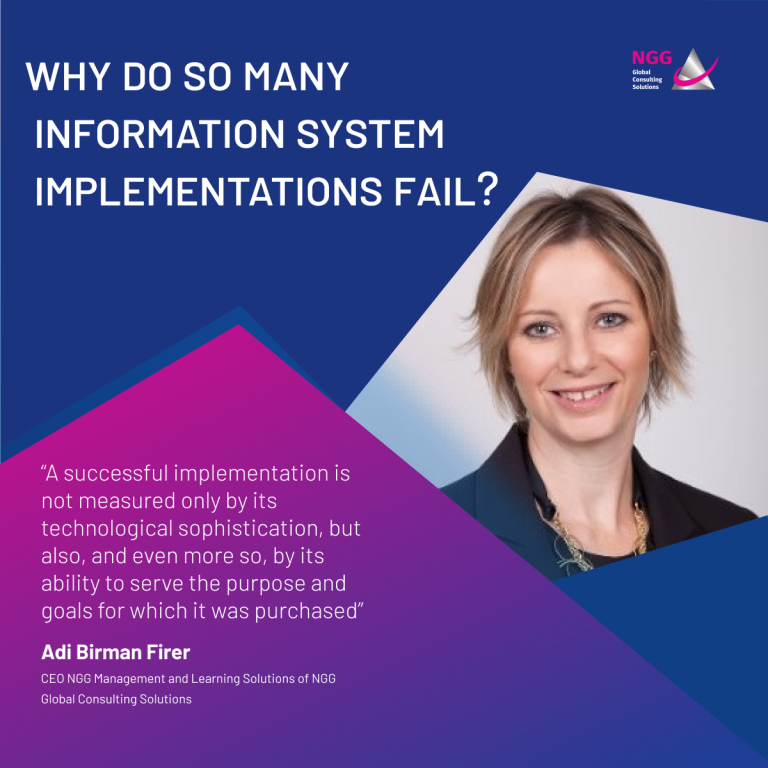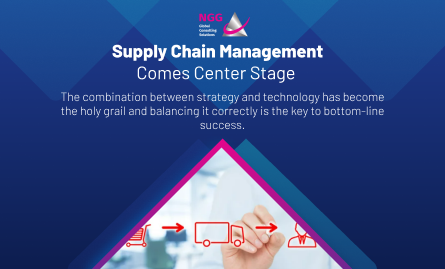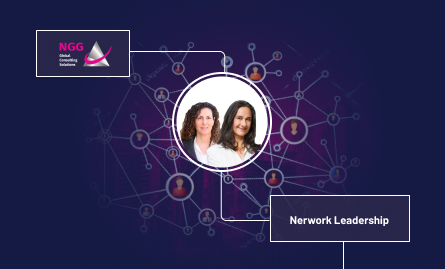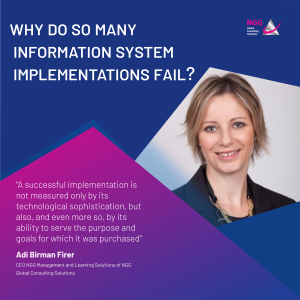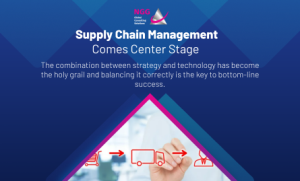
In the digital, omni-channel world in which we live, many actions that we would once have effected with a customer service representative, we are now doing independently through the internet. Does this mean that the traditional customer service is disappearing from our lives? Rami Jaulus, NGG’s CEO, thinks that organizations must be familiar with their 3 key channels for communicating with their customers and must make appropriate arrangements for each one of them
The combination of channels for communicating with customers, the range of channels, and their integration form the foundation of an organization’s omni-channel strategy. The world supplies new technologies all the time, allowing varied and unexpected channels of communication. The range of new channels is constantly growing at an ever faster rate.
What are the three key channels for communicating with customers and what changes are they undergoing?
The traditional channel: The sales rep or service rep in the store, branch, and so on – all of these continue and will continue to exist. The latest research shows that, as technology develops, including new consumer channels, the opposite phenomenon is also developing: the need for a human address, someone to consult, greater expertise, and a physical experience. All of these indicate that customers are not yet ready to give up the traditional channel. They still want and need it.
But the development and adjustment of the traditional channel is the foundation for an organization’s ability to survive, whether this is a technology that supports the sale rep that allows demonstration, required information, or online expert consultation, or if this is technological demonstration in the sales and service sphere.
The telephone channel: Like the physical channel, the telephone channel will also survive into the future, but it too will undergo change, because the level of knowledge that customers are demanding is on the rise. Therefore, knowledge that cannot be put at the customers’ disposal for self-service will have to be presented by an expert. This specialist will not work from the call center we know today, but will be available by technological means from different locations.
The digital channel: Websites, search engines, the social media – all of these will become more dominant and absorb all the information that organizations manage to make available through them. At the same time, the scope of services provided through self-service sites will grow. Most of the services in banking, the insurance business, and the purchase of consumer goods are already available in digital form.
So what is the minimum for constructing an omni-channel environment in your organization?
- Understanding the relevant channels and the relative importance of each one.
- Constructing channels in the right proportion for the next step rather than the present. Change is rapid, so focus must always be on tomorrow.
- Adapting the traditional channels to existing consumer habits.
- Integrating all information among all channels.
